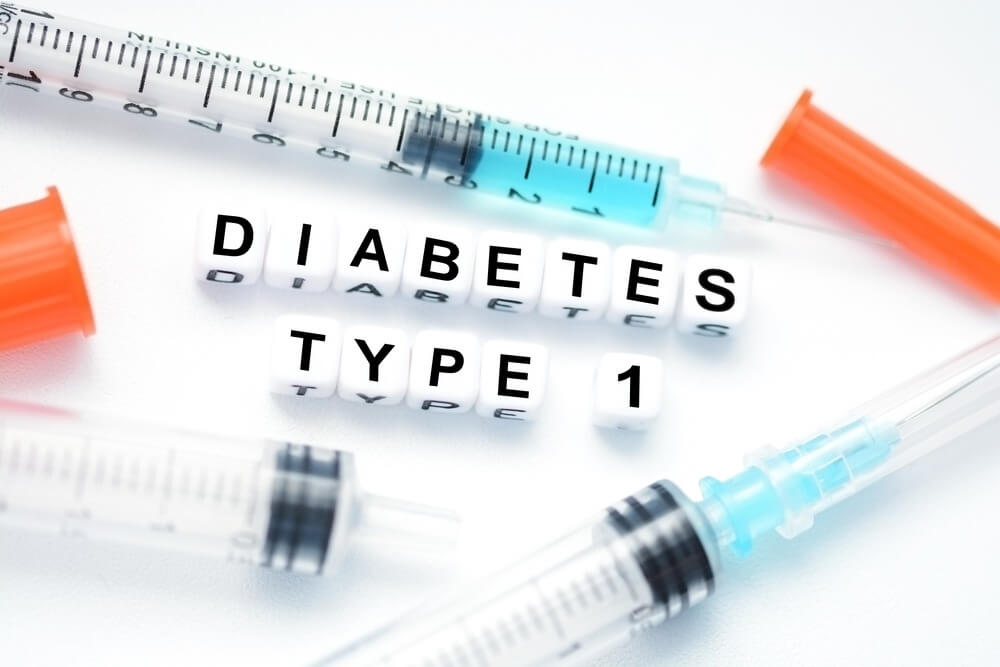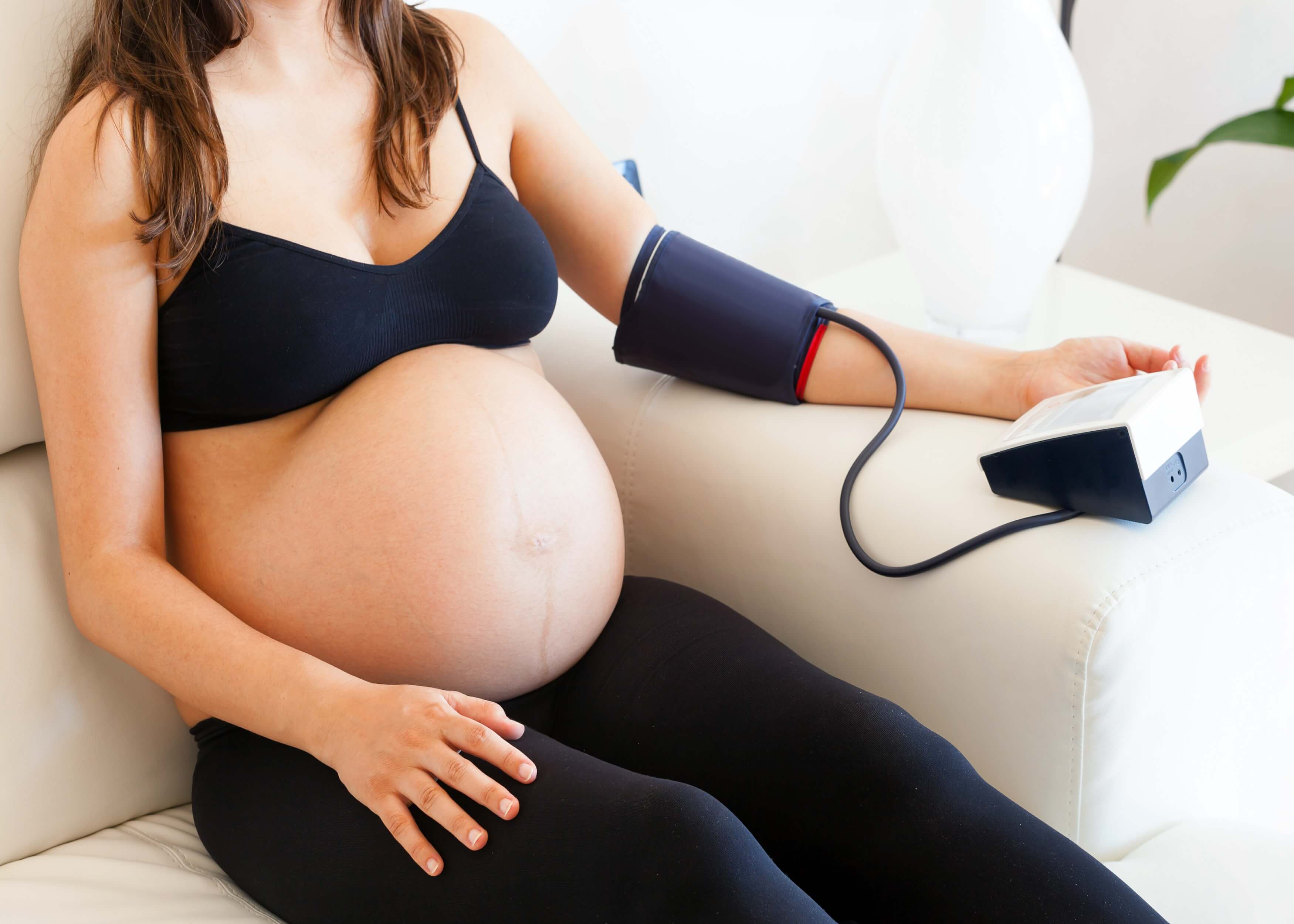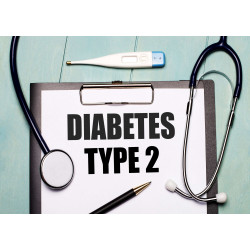PERSONAL BLOG
Diabetes Mellitus
DIABETES
WHAT IS DIABETES MELLITUS? 🤔💭
Diabetes mellitus, commonly known as diabetes, is a group of conditions characterised by an increased amount of blood glucose (blood sugar). Diabetes has two main categories – type 1 and type 2.
Other types of diabetes include gestational diabetes (a transient form of diabetes, occurring during pregnancy, that usually resolves after childbirth) and prediabetes (a high glucose level but one which is lower than a diabetic’s).
WHAT HAPPENS WHEN WE EAT CARBOHYDRATES? 🥘
After the consumption of carbohydrates, chemicals within the small intestine break down the food into glucose. The glucose is then absorbed by the small intestine and enters the bloodstream.
When the blood reaches the pancreas, beta cells inside the pancreas detect the increasing glucose levels and release the hormone insulin. When the blood circulates through the body, the glucose and insulin exit the bloodstream to the tissues in order to reach the body’s cells. Most bodily cells have receptors on their surface (cell membrane) that the hormone insulin binds to, this process then opens up the cell and enables the glucose to enter.

TYPE 1 DIABETES EXPLAINED 🔬
Type 1 diabetes occurs when beta cells in the body of the pancreas do not produce enough insulin (the hormone secreted by the pancreas which regulates healthy blood sugar levels). This results in high blood glucose levels. White blood cells detect the beta cells of the pancreas as foreign invaders and destroy these beta cells. This means the pancreas produces very little or no insulin.
The lack of insulin means that the glucose cannot enter the cells, so the cells are starved. As a result of the mass glucose build-up in the bloodstream, a condition is triggered known as hyperglycaemia.
SIGNS AND SYMPTOMS OF TYPE 1 DIABETES
- Increased thirst 🥤
- Frequent urination 🚽
- Extreme hunger 🍔
- Unintended weight loss 😰
- Irritability 😠
- Fatigue and weakness 😫
- Blurred vision 👓

TYPE 2 DIABETES EXPLAINED 🔬
Type 2 diabetes occurs when the pancreas doesn’t produce enough insulin, the bodily cells resist the effects of the insulin or both situations.
Insulin resistance means the hormone insulin cannot bind onto the receptors on the cell membrane. This is because the receptors are abnormal, or in some instances, missing. As a result of the mass glucose build-up in the bloodstream, a condition is triggered known as hyperglycaemia. The beta cells of the pancreas cannot keep up with the insulin demand and lose their ability to produce insulin.
SIGNS AND SYMPTOMS OF TYPE 2 DIABETES
- Increased hunger 🍔
- Increased thirst 🥤
- Frequent urination 🚽
- Unintended weight loss 😰
- Fatigue 😫
- Blurred vision 👓
- Slow healing sores 😷
- Frequent infections 💊

GESTATIONAL DIABETES EXPLAINED
During pregnancy, the placenta develops – connecting the mother and the fetus. The placenta supplies the fetus with nutrients, and it also supplies hormones that maintain the pregnancy. Some of these hormones impair the action of insulin, making insulin less effective.
The effect intensifies as the placenta grows larger. Usually, the pancreas produces more insulin, however in some cases, the amount of placenta hormones is too large for the pancreas to compensate, resulting in gestational diabetes. As a result of the mass glucose build-up in the bloodstream, a condition is triggered known as hyperglycaemia.
SIGNS AND SYMPTOMS OF GESTATIONAL DIABETES 🤰
- Fatigue 😫
- Blurred vision 👓
- Extreme thirst 🥤
- Nausea 🤢
- Frequent bladder, vaginal or skin infections 💊
- Frequent urination 🚽
- Sugar in urine 🧪
HOW TO CONTROL BLOOD SUGAR LEVELS NATURALLY 👍
- Eat at regular times ⏲️
- Choose foods with a lower glycaemic index (how quickly the carbohydrates break down during digestion) 🍅
- Track your food and drink 📋
- Drink water instead of juice or fizzy drinks 🚰
- Take regular exercise 🏌️
- Eat more fibre 🥦
- Get enough sleep 🛏️
By Eugenia Amoah
I-Medics Ambassador
Related Articles
Everything you need to know about Type 2 Diabetes in 60 seconds!
Everything you need to know about Type 1 Diabetes in 60 seconds!
Diagnosis, treatment and hypertension.















